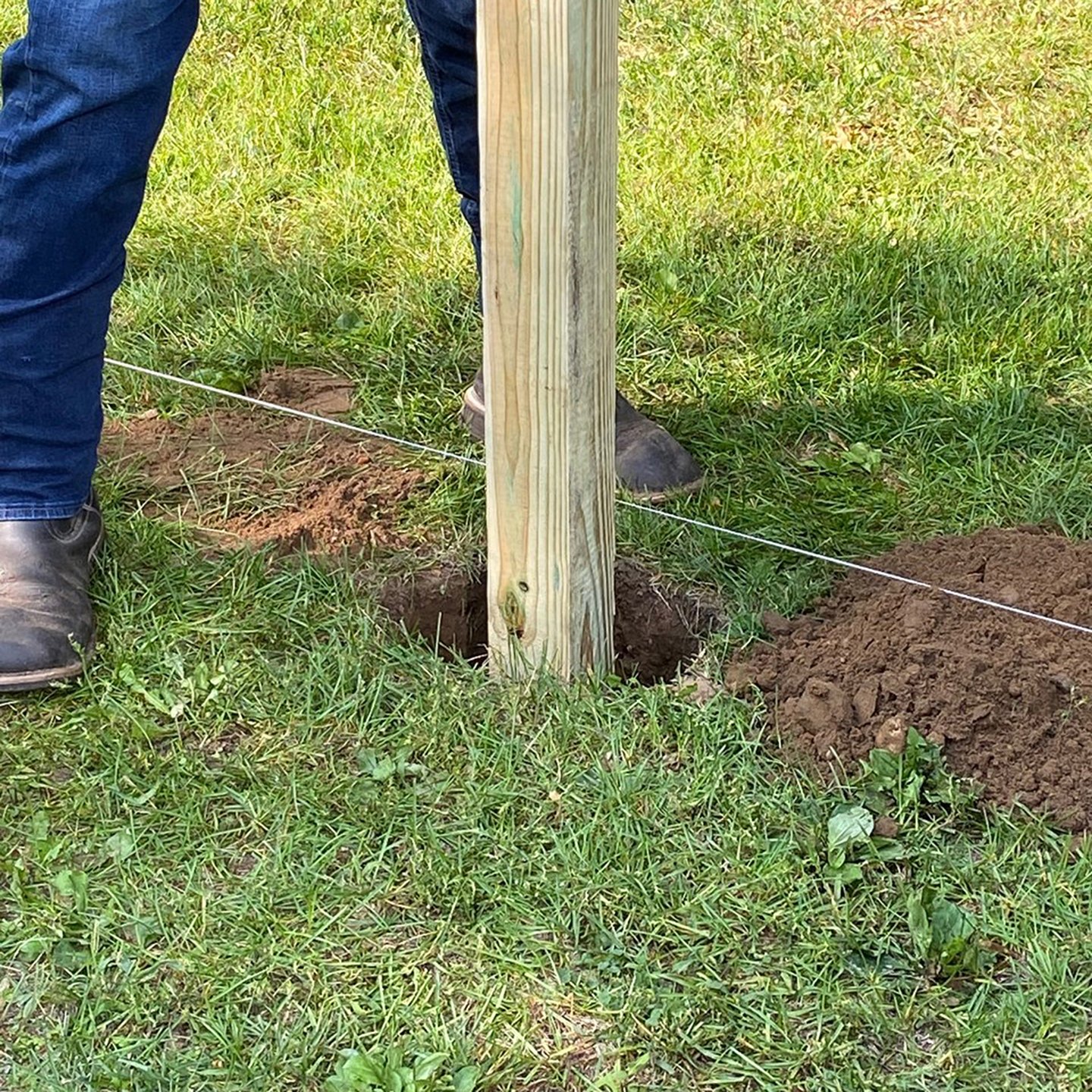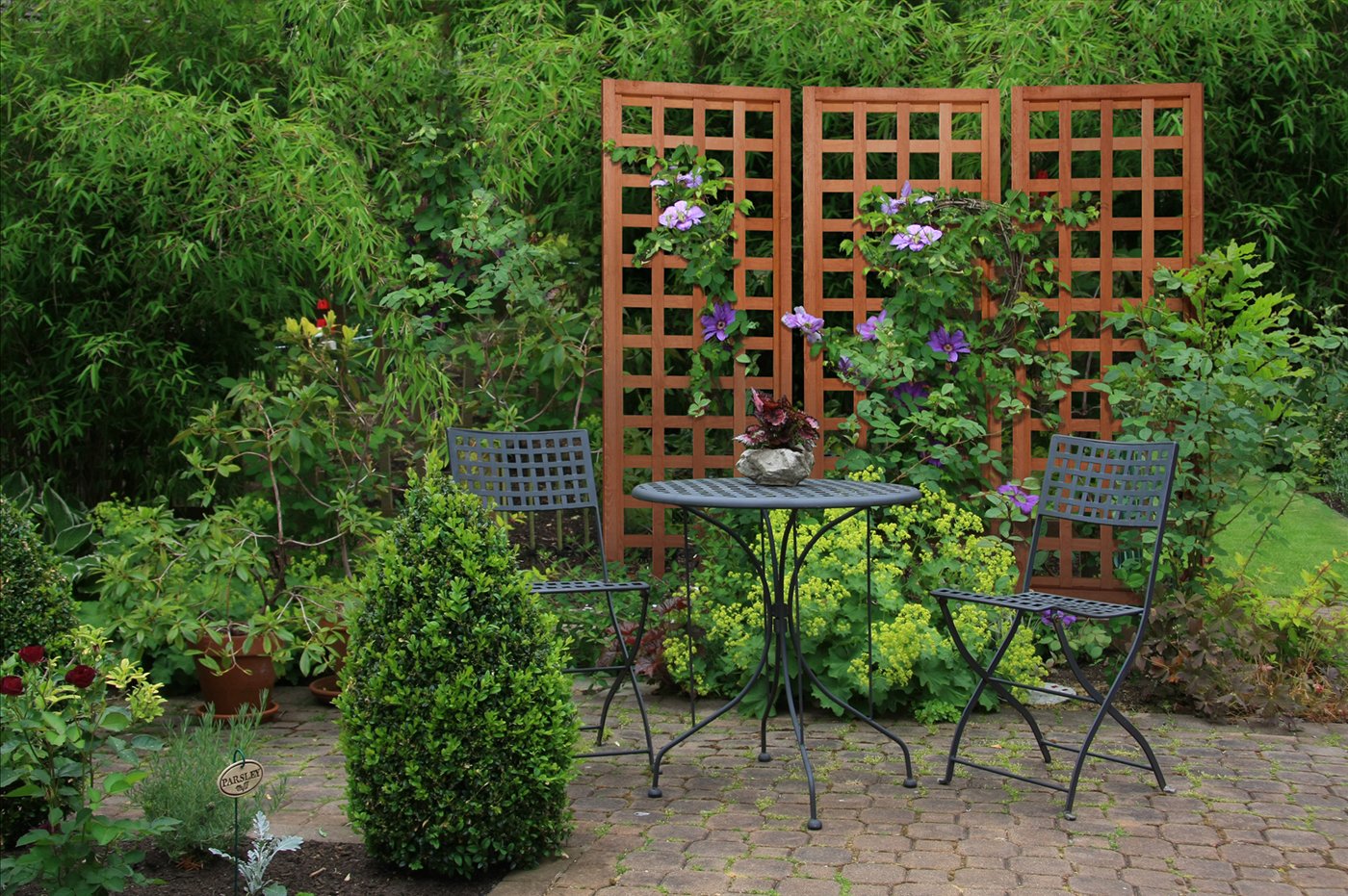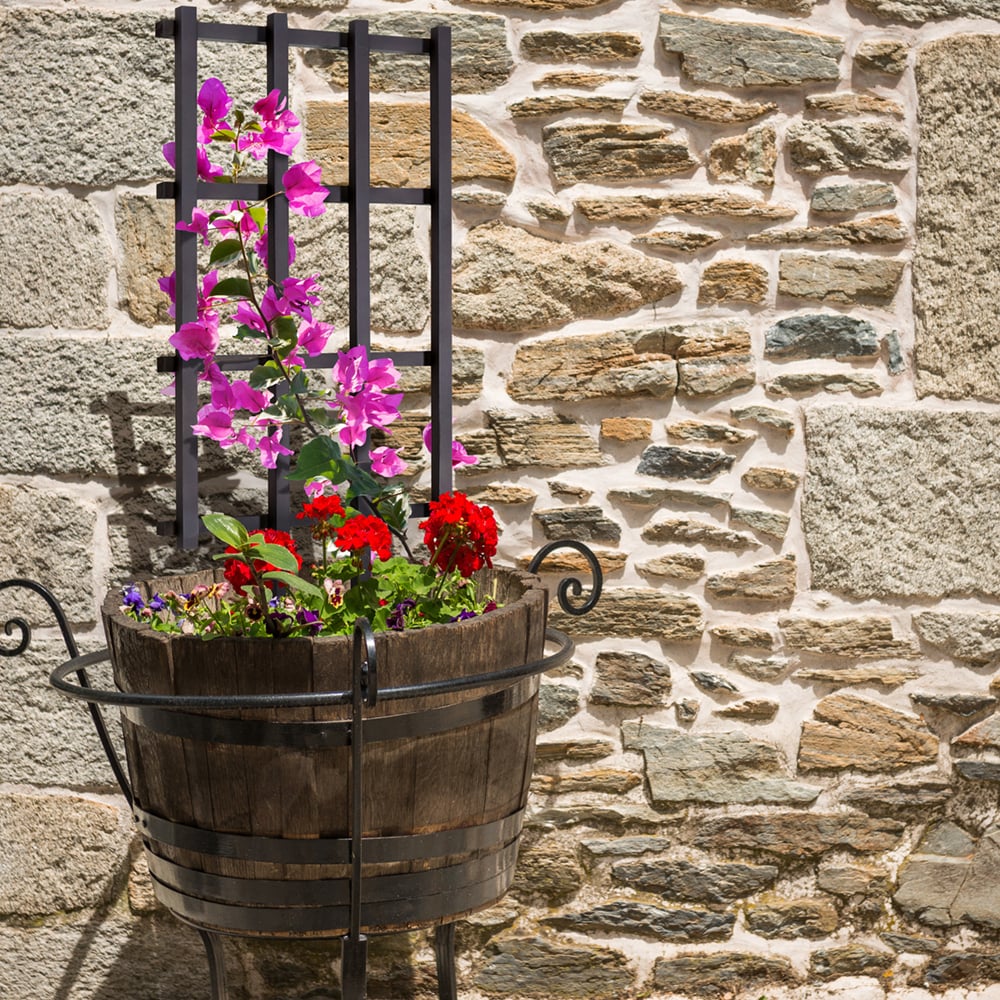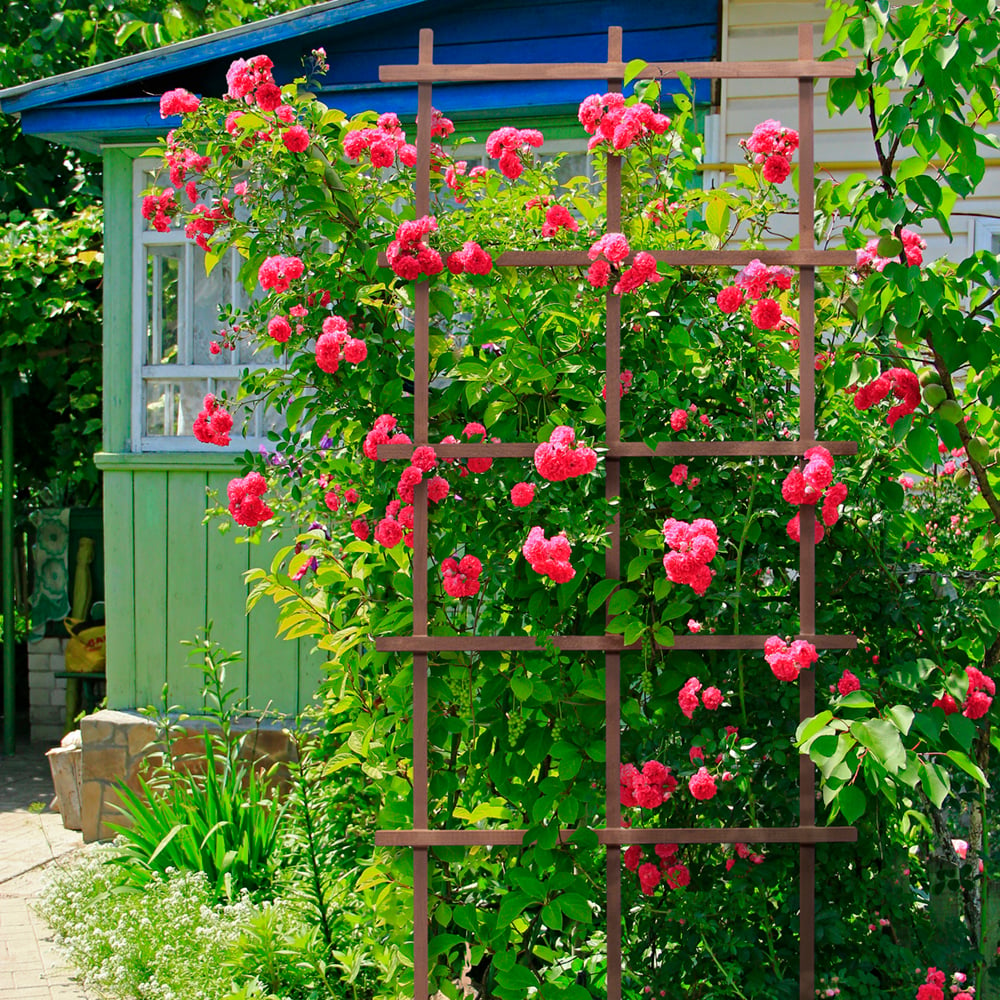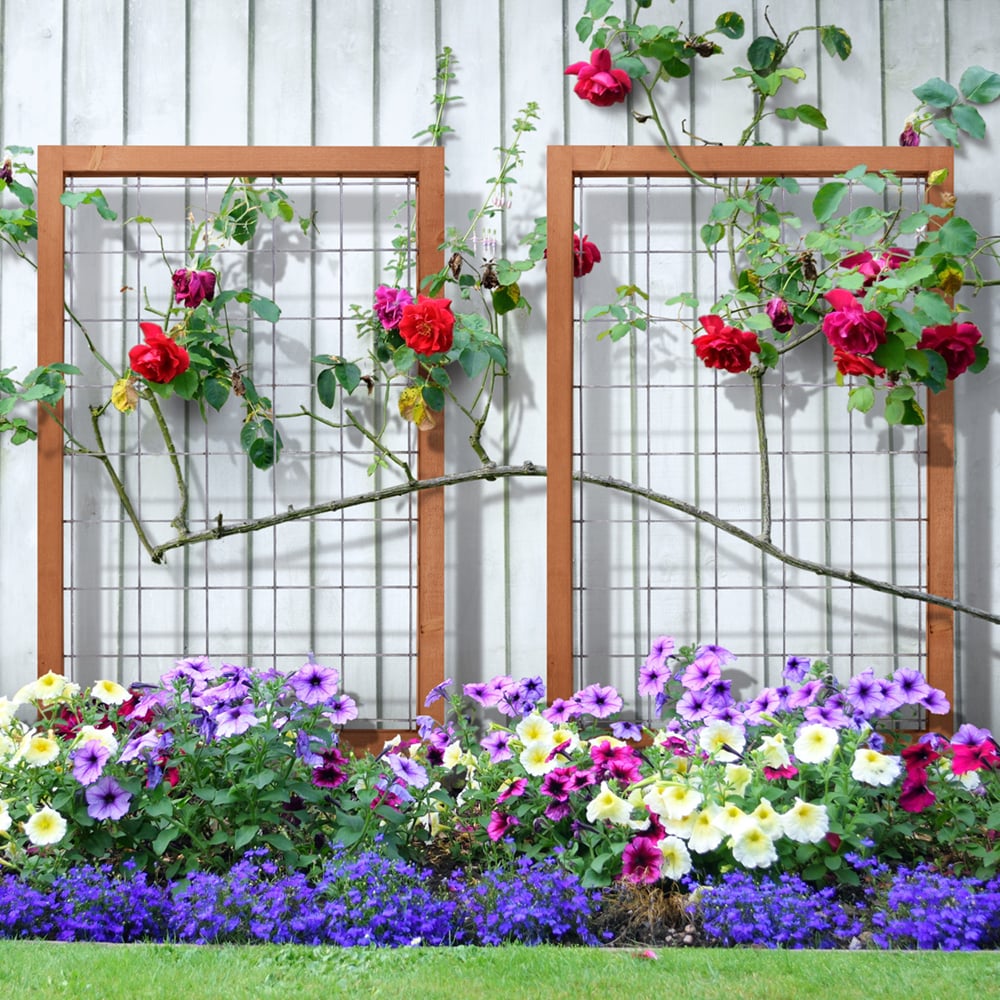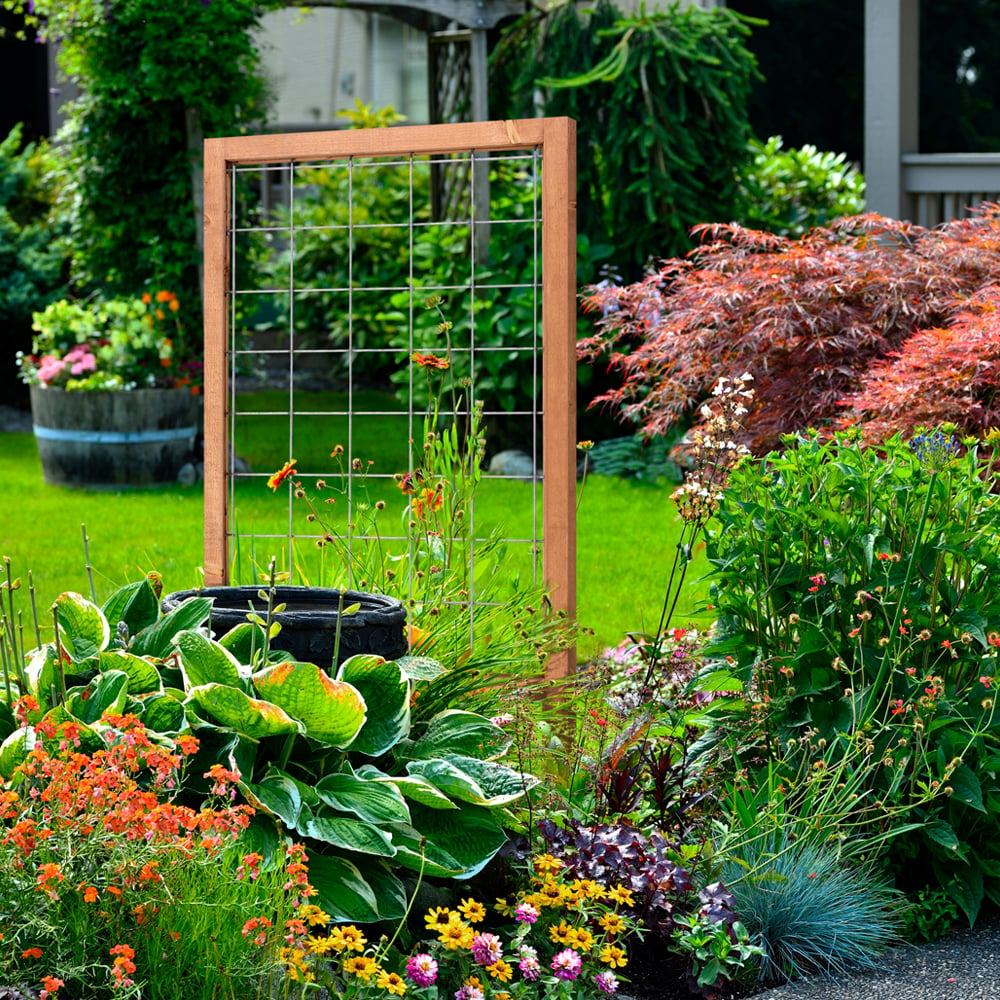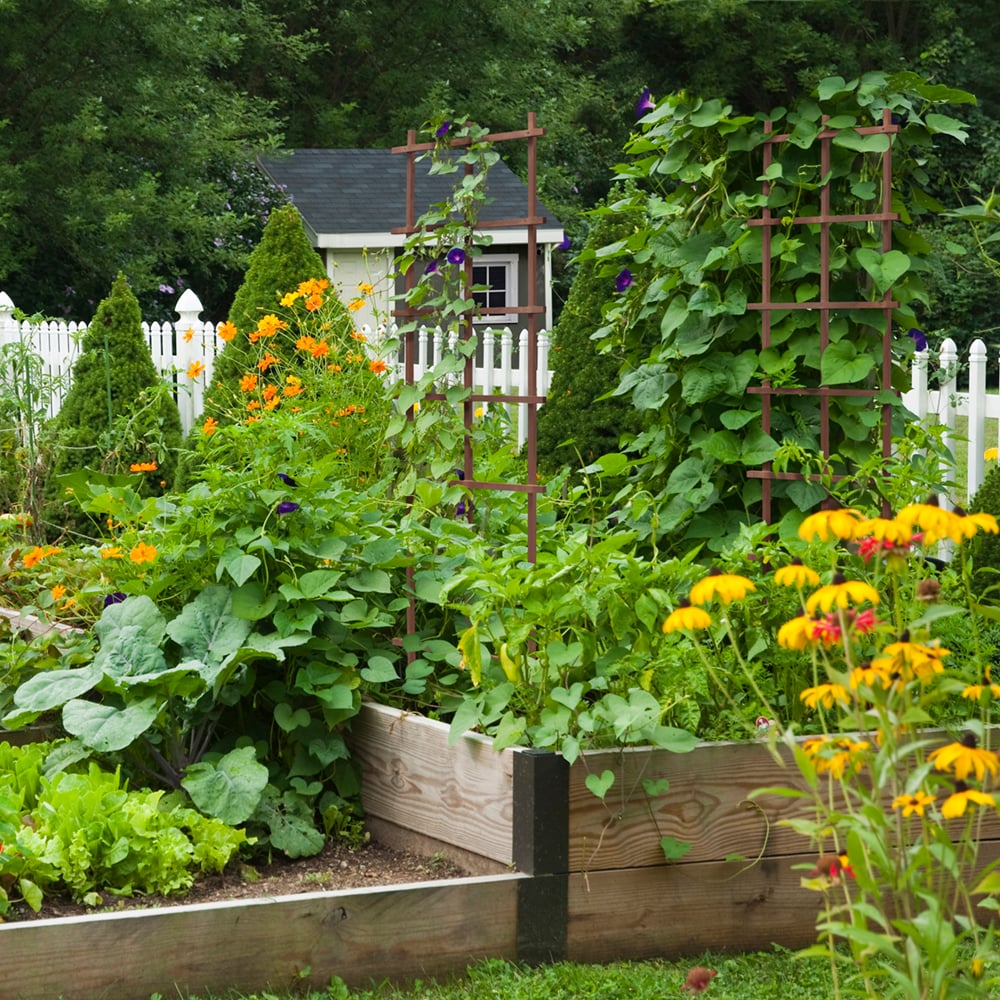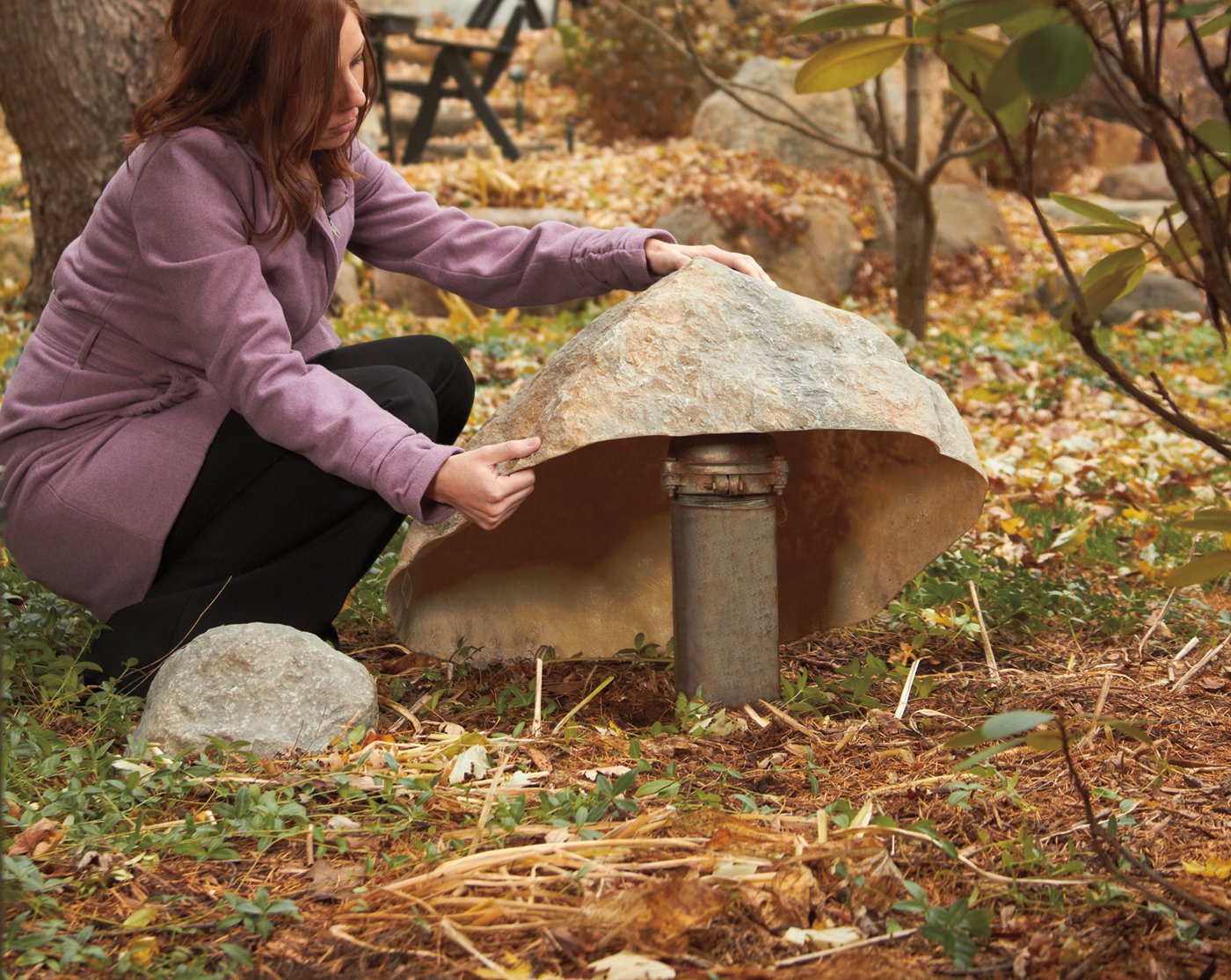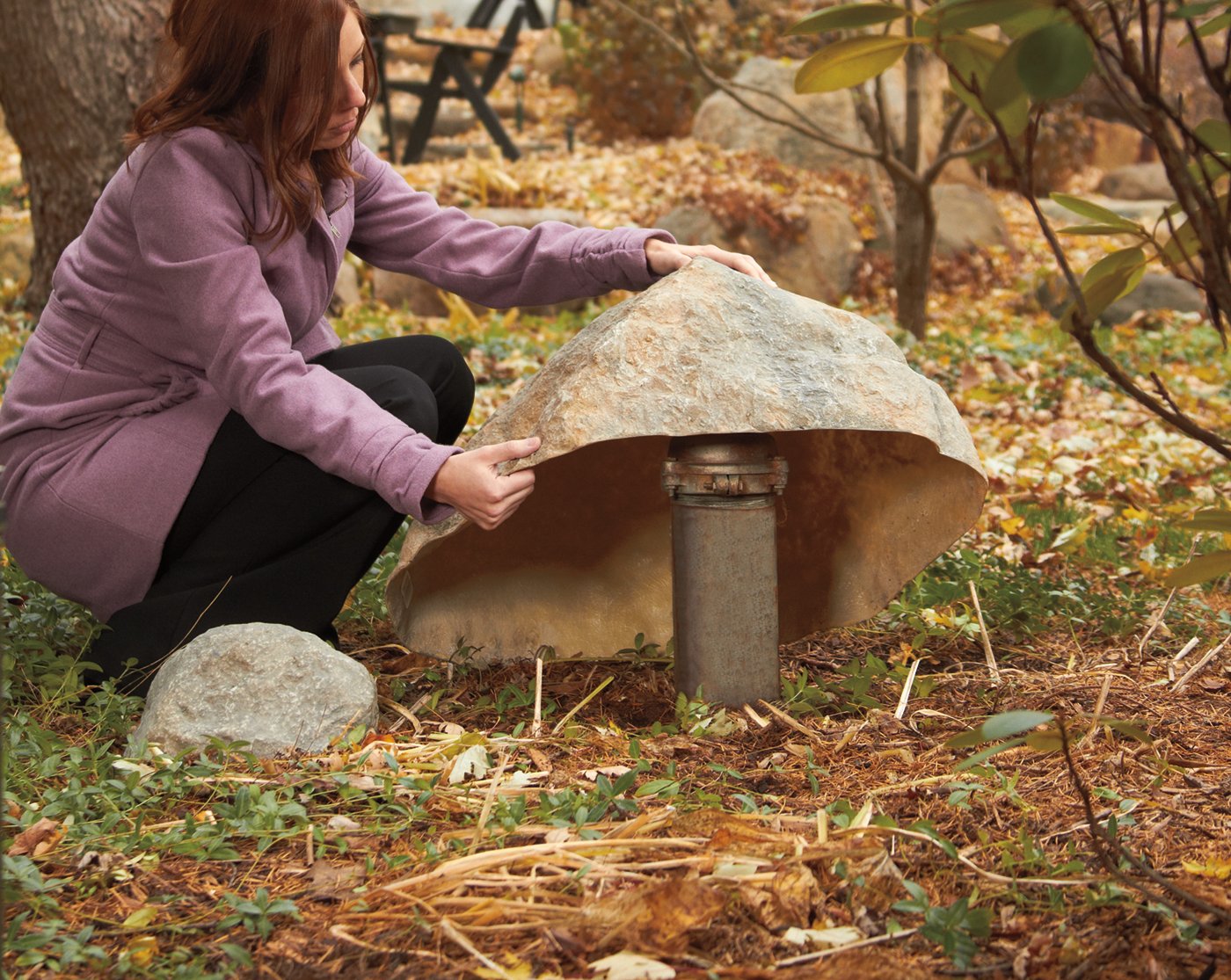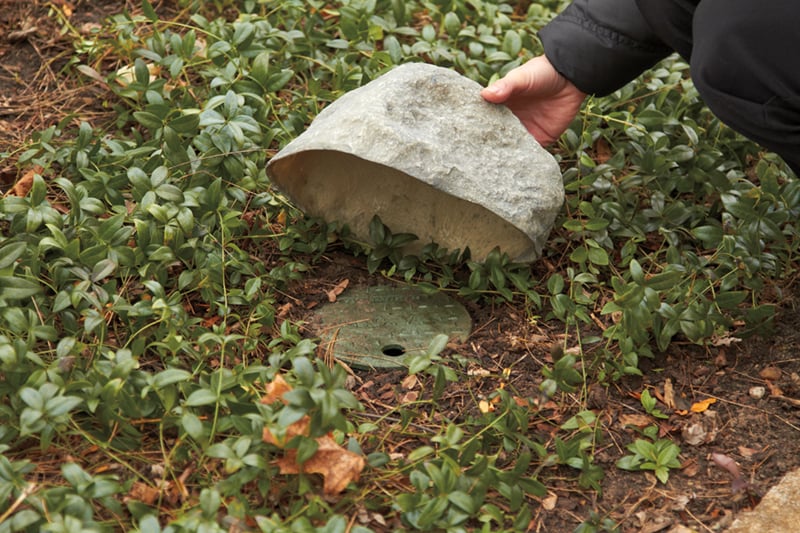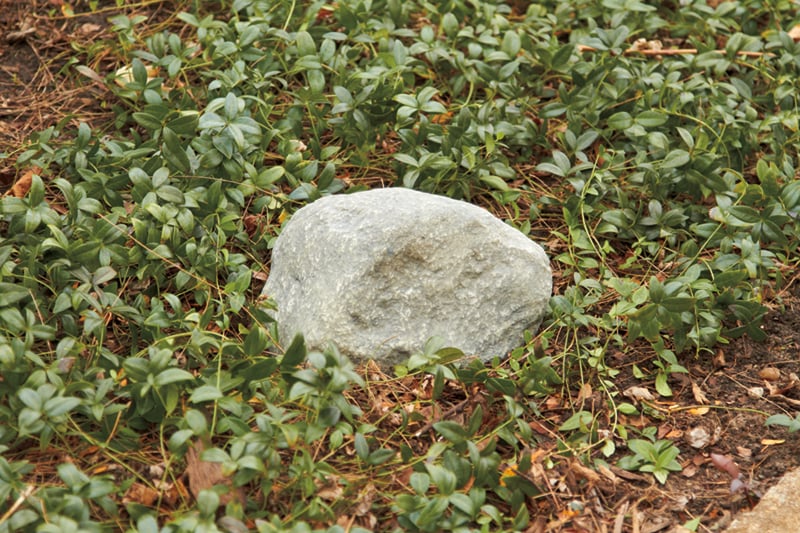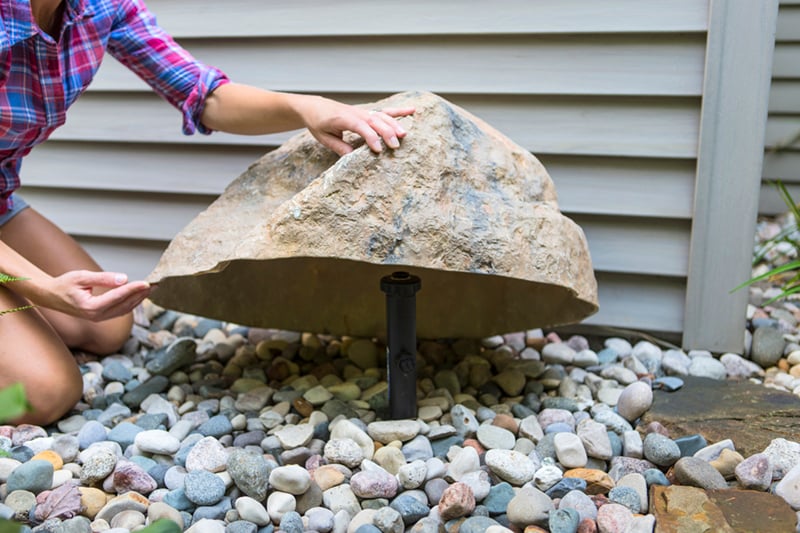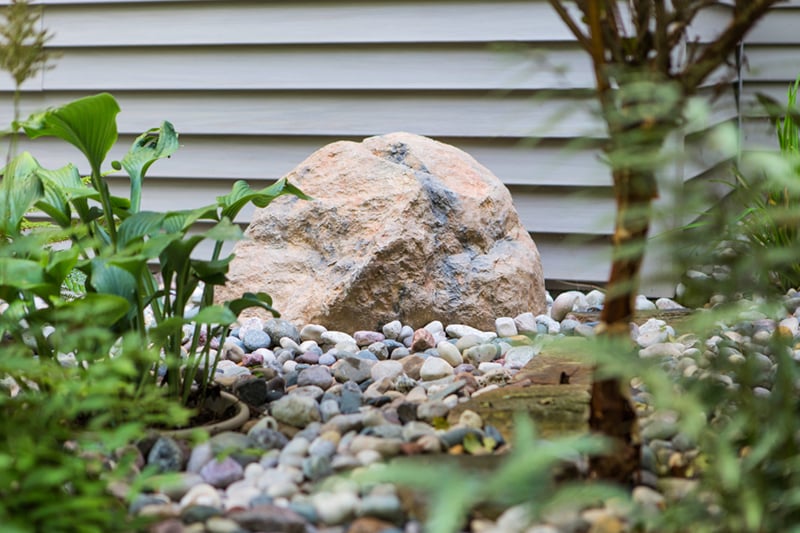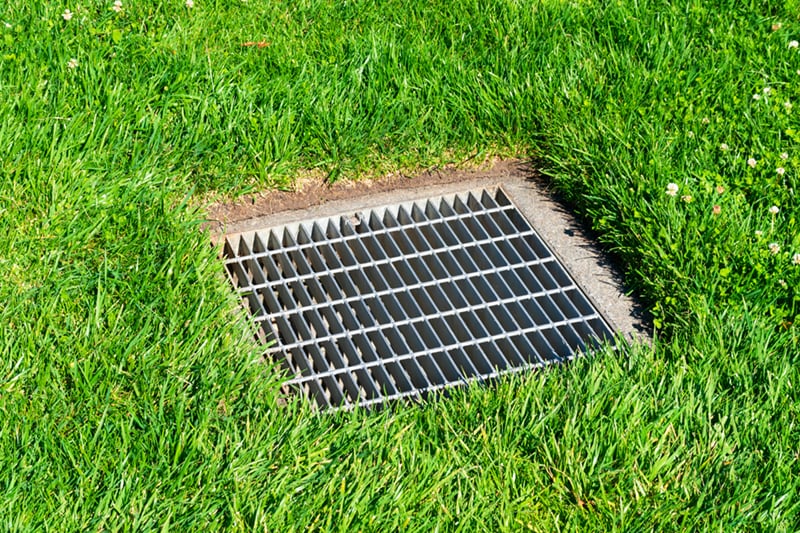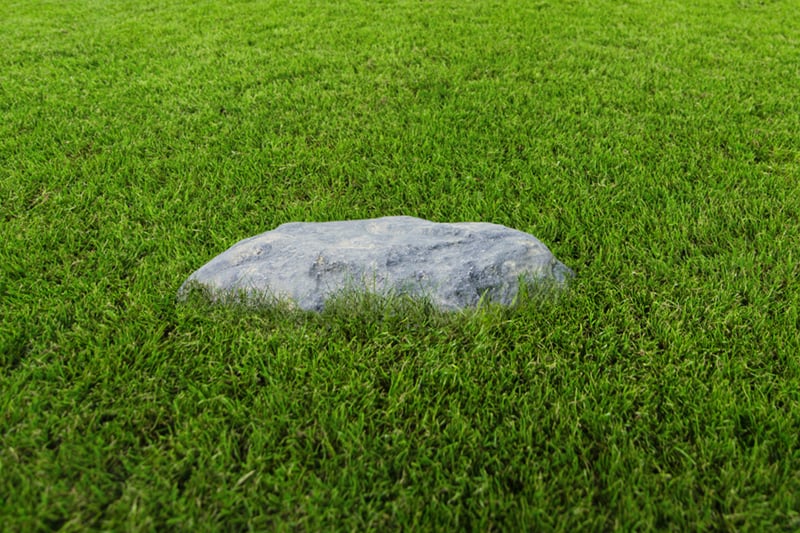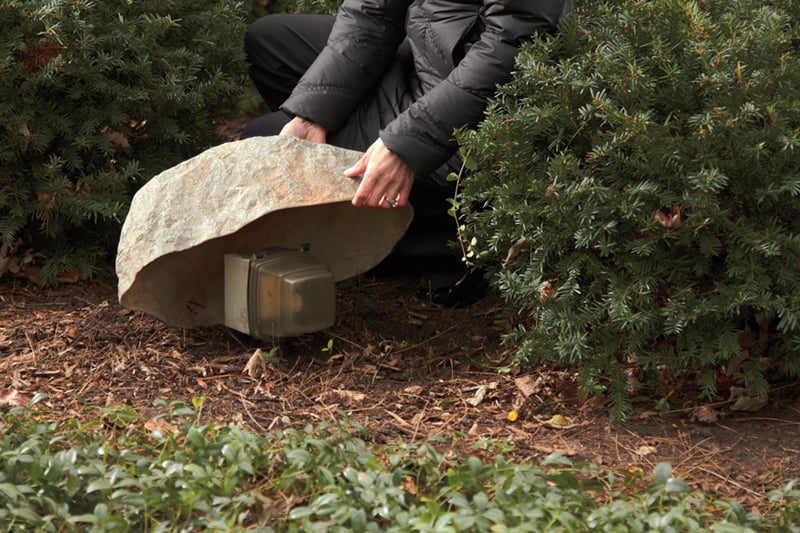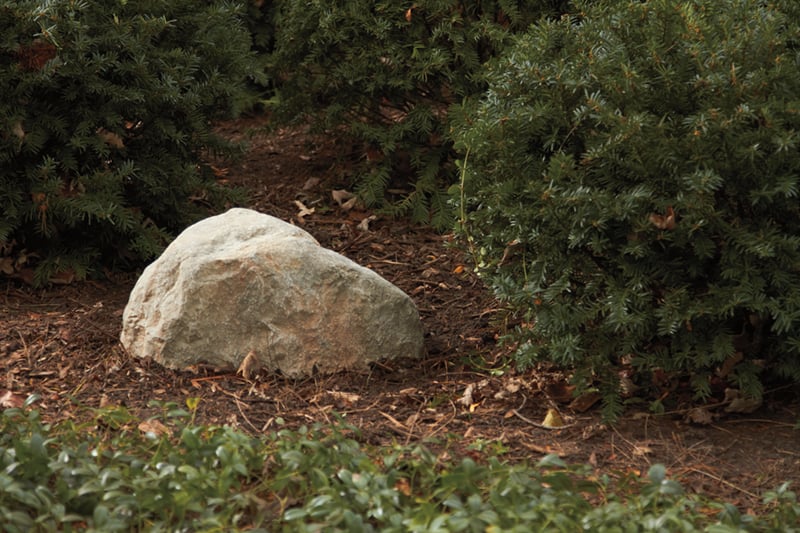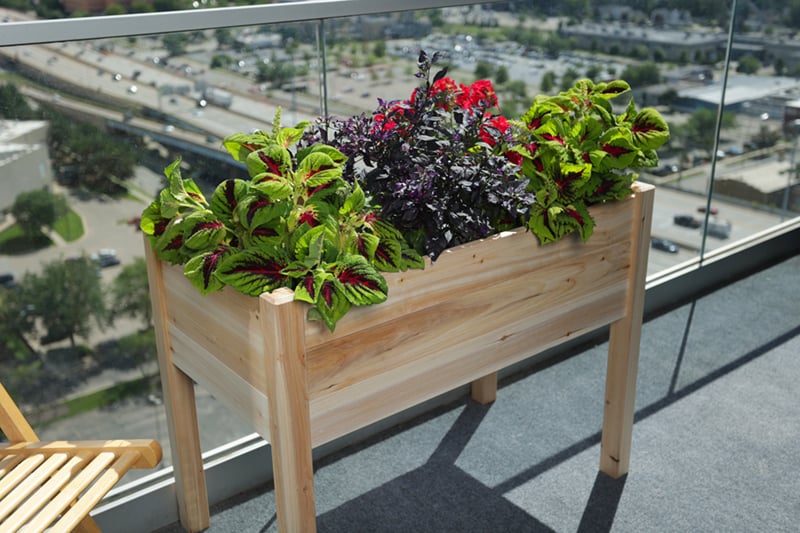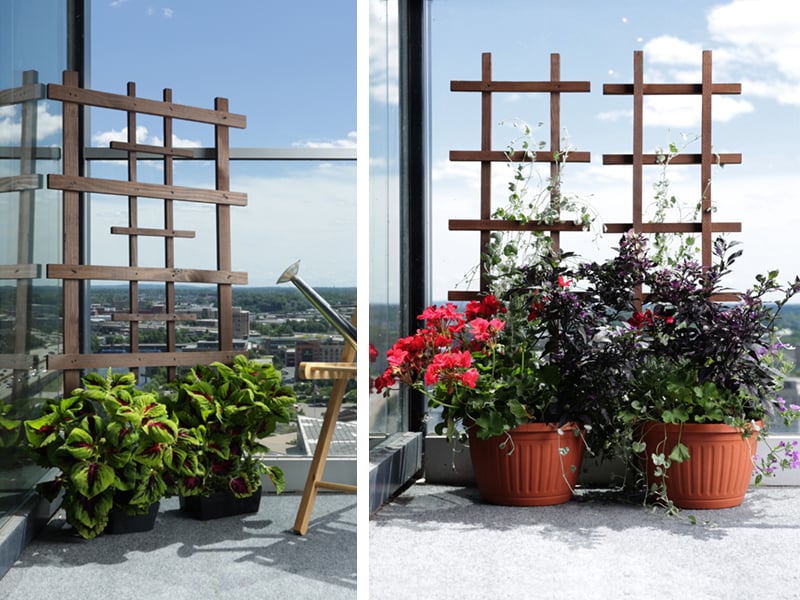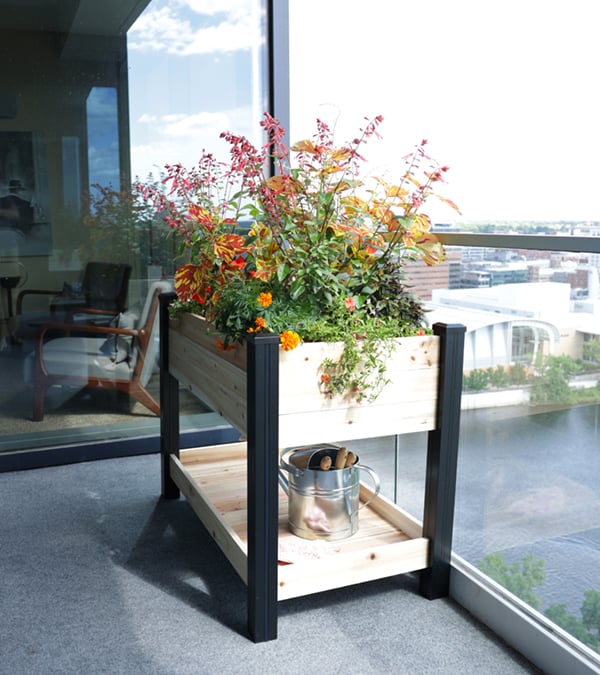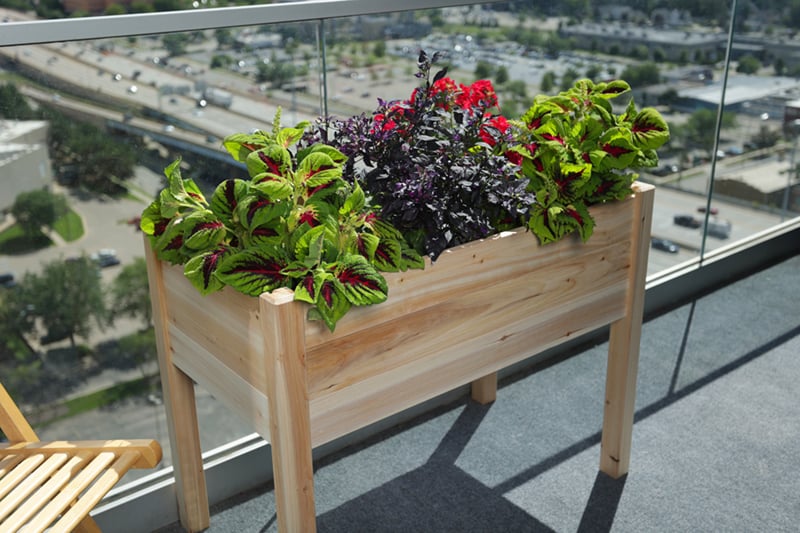.png?h=2000&iar=0&w=4000&sc_lang=en&hash=25F197C76CF3FE1D5050320585117A32)
If you live in an area that receives snow and freezing temperatures during the winter, your growing season is nearly over until the spring. But before you plan your garden for the next year, learn what you can expect from your existing outdoor plants.
What is the difference between perennials and annuals? Why do perennials survive the winter, but annuals do not? How do I care for a perennial versus an annual plant? All of these are great questions, so let's get started.
What are the Differences Between Perennials and Annuals?
Perennial (meaning "continuing") plants are long-lived and will come back year after year, while annuals (meaning "yearly") plants only live for one growing season. Perennial plants may not produce flowers yearly, unlike annual plants. And perennial plants are often used in gardens and landscaping, while annual plants are generally frown in pots or containers.
How Do Perennials Make It Through the Harsh Winters?
The difference between these two types of plants is their preparation for the cold season. Perennial plants begin to shut down their growing processes in the fall, preventing new leave and flowers from forming, and will start to focus on storing energy for the upcoming winter months. The plant leaves may turn yellow or brown and fall off, and the plant may stop taking in water.
During the winter, the perennial's root system remains active, allowing it to absorb nutrients and water from the soil. The plant forms a protective layer over its tender shoots and buds to help insulate them from the cold. On the other hand, annuals will intake water until the ground reaches freezing temperatures, causing seeds to freeze and rupture.
When the weather starts to warm up in the spring, the perennial resumes its regular growing patterns as long as the plant has sufficient moisture, nutrients, and sunlight to recover and continue growing.
How Do I Care for Perennials?
For annual plants, it's best practice to transfer it to a container (if not already) and place it indoors for continued care. Because perennials stay outdoors, here are five critical steps to winterize them:
- Cut back foliage. Before the first frost, cut back any dead or damaged foliage from your perennial plants. This will help the plant focus on storing energy for the winter.
- Mulch the soil. Adding a layer of mulch around the base of your perennial plants can help protect their roots from extreme temperature fluctuations.
- Water regularly. Water your perennial plants regularly, especially in the fall, to help store up moisture for the winter.
- Protect tender plants. If you have tender perennials that may be damaged by cold temperatures, consider covering them with a layer of mulch or protective fabric.
- Prune dead branches. If your perennials have any dead or damaged branches, prune them in the fall to help the plant focus on healthy growth.
For additional protection, transfer your perennials into raised garden bed to help the soil stay warm longer and increase the water retention. These benefits help the perennials prepare for the harsh winter weather.
Shop here: Outdoor Essentials Raised Garden Beds
Looking for a Perennial to Add to Your Landscape?
A simple search on your preferred search engine will tell you if your plant is typically a perennial or annual flower, according to your geographic location.
.png?sc_lang=en&h=401&w=400&hash=D914D2EBD5E9B74B0BE9031AFBC846F9)
